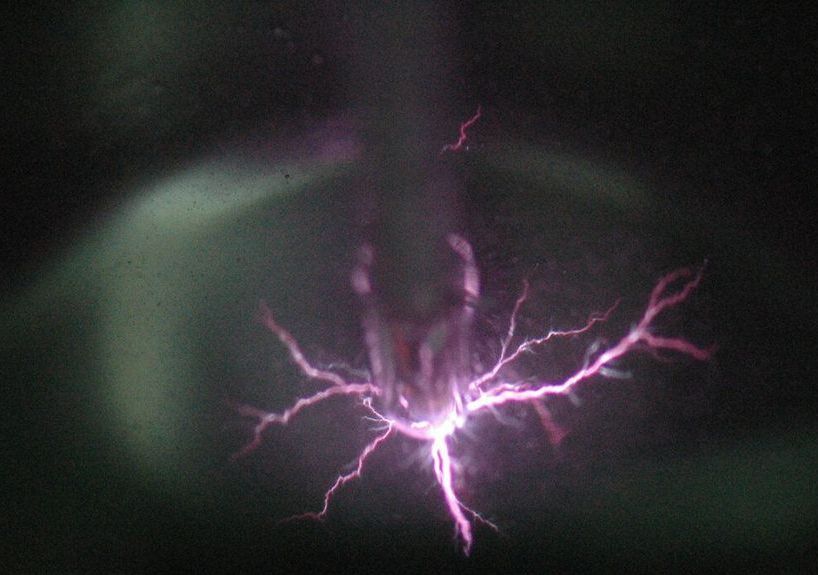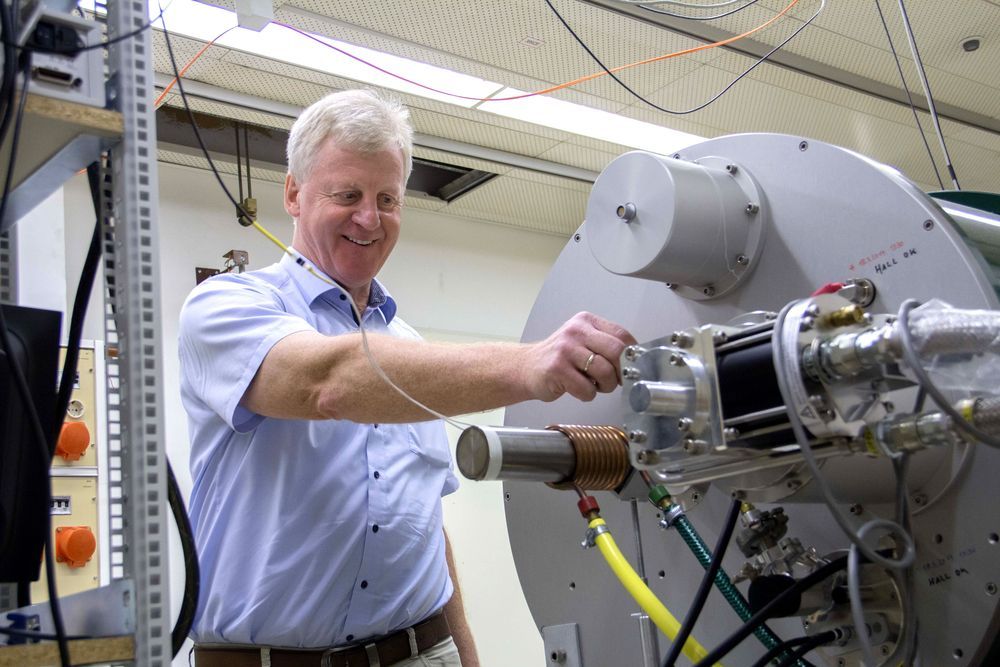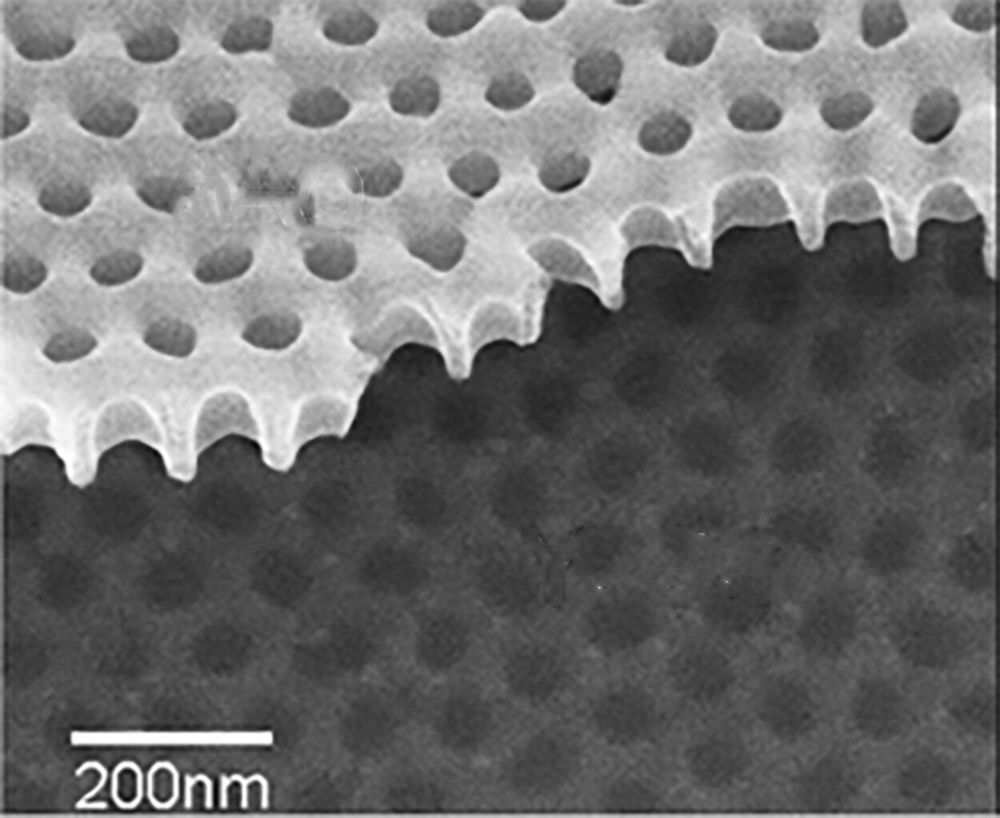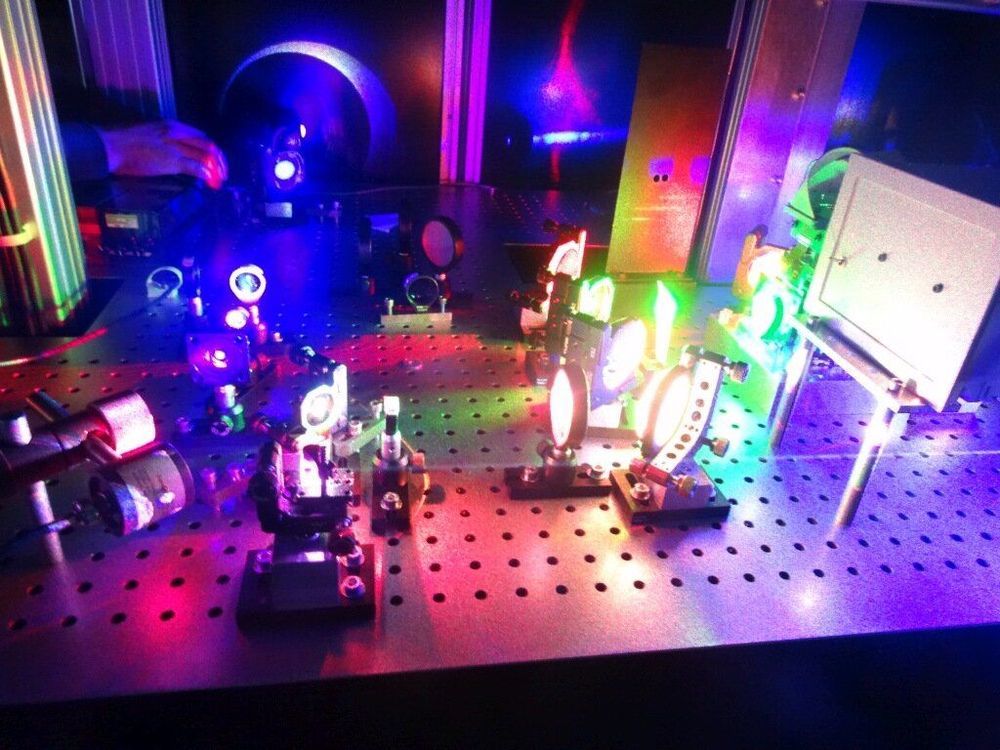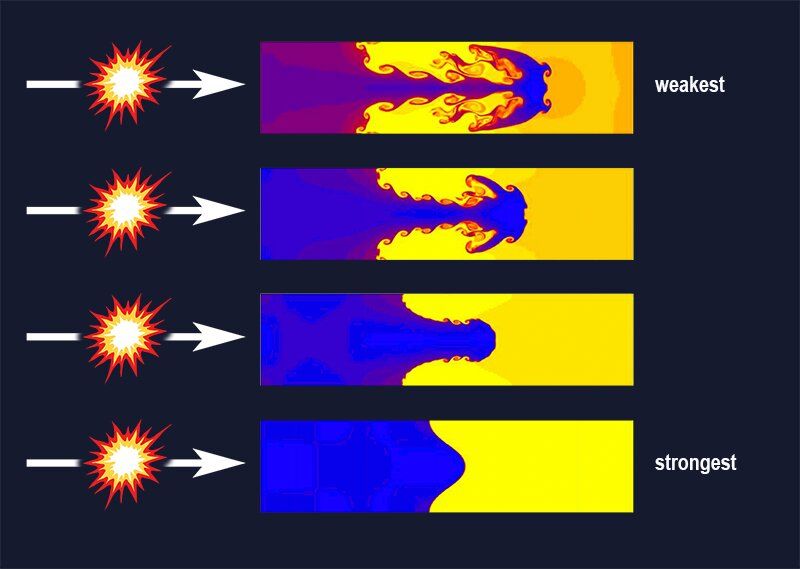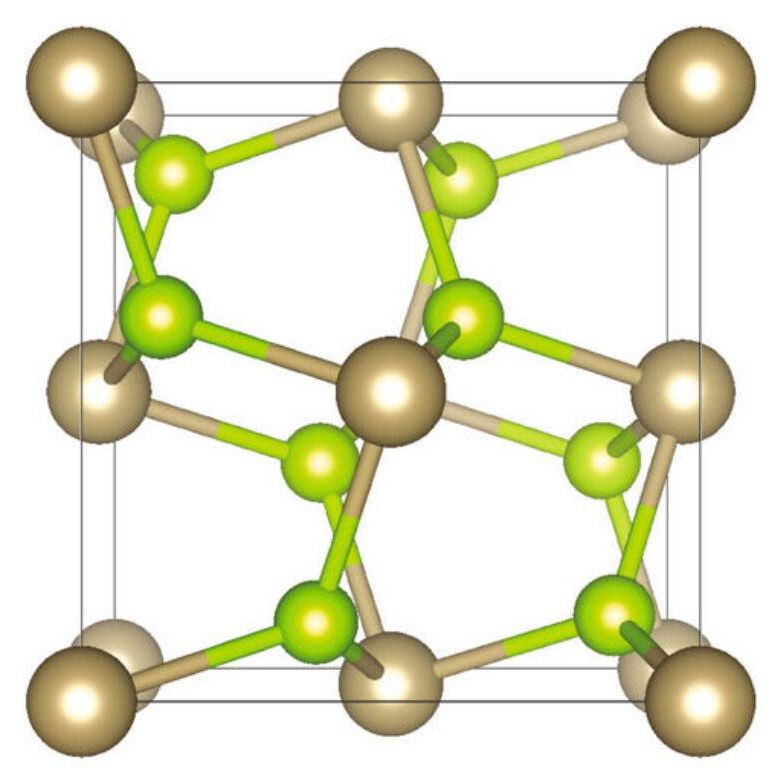Nov 19, 2019
From a cloud of cold and a spark, researchers create and stabilize pure polymeric nitrogen for the first time
Posted by Quinn Sena in categories: materials, particle physics
Scientists have long theorized that the energy stored in the atomic bonds of nitrogen could one day be a source of clean energy. But coaxing the nitrogen atoms into linking up has been a daunting task. Researchers at Drexel University’s C&J Nyheim Plasma Institute have finally proven that it’s experimentally possible—with some encouragement from a liquid plasma spark.
Reported in the Journal of Physics D: Applied Physics, the production of pure polymeric nitrogen—polynitrogen—is possible by zapping a compound called sodium azide with a jet of plasma in the middle of a super-cooling cloud of liquid nitrogen. The result is six nitrogen atoms bonded together—a compound called ionic, or neutral, nitrogen-six—that is predicted to be an extremely energy-dense material.
“Polynitrogen is being explored for use as a ‘green’ fuel source, for energy storage, or as an explosive,” said Danil Dobrynin, Ph.D., an associated research professor at the Nyheim Institute and lead author of the paper. “Versions of it have been experimentally synthesized—though never in a way that was stable enough to recover to ambient conditions or in pure nitrogen-six form. Our discovery using liquid plasma opens a new avenue for this research that could lead to a stable polynitrogen.”
